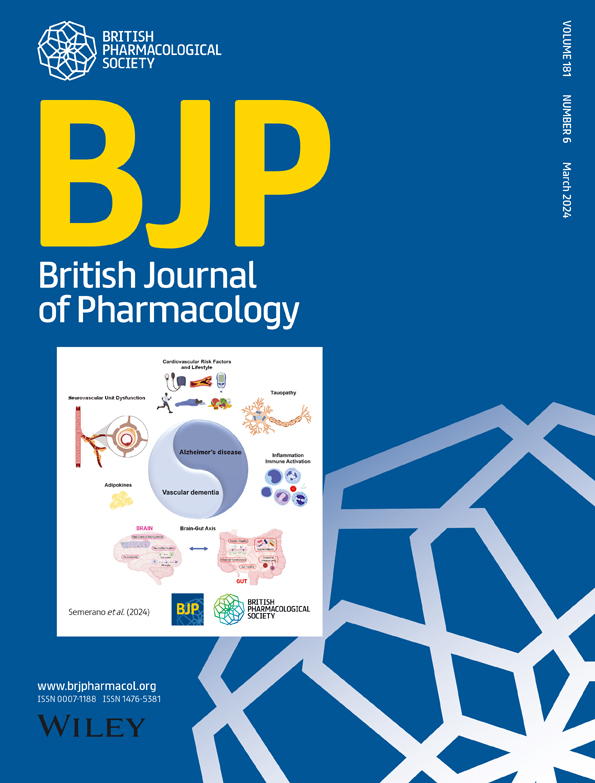Semaglutide protects against diabetes-associated cardiac inflammation via Sirt3-dependent RKIP pathway
Abstract
Background and Purpose
Glucagon-like peptide-1 receptor agonists (GLP-1RAs) exert cardiovascular benefits in diabetic patients, but the underlying mechanisms remain incompletely understood. Semaglutide, a novel long-acting GLP-1RA, has shown a reduced risk of cardiovascular events. Based on these results, we investigated the therapeutic potential of semaglutide in diabetic cardiomyopathy and sought to elucidate the underlying mechanisms.
Experimental Approach
Mice with diabetes induced by high-fat diet/streptozotocin were treated with semaglutide. The mechanisms underlying the cardioprotective effects of semaglutide were analysed using animal and cell experiments.
Key Results
In diabetic mice, semaglutide alleviated metabolic disorders, ameliorated myocardial fibrosis, improved cardiac function, antagonized oxidative stress and suppressed cardiomyocyte apoptosis. More significantly, semaglutide attenuated cardiac inflammation through restoring Raf kinase inhibitor protein (RKIP) expression and inhibiting downstream TANK-binding kinase 1 (TBK1)-NF-κB pathway. Meanwhile, decreased RKIP expression and activated TBK1-NF-κB signalling pathway were also found in tissues from human diabetic hearts. RKIP deficiency exacerbated cardiac inflammation and offset the cardioprotective effect of semaglutide in diabetic mice. Moreover, semaglutide also restored the expression level of Sirtuin 3(Sirt3), which served as a modulator against cardiac inflammation by regulating RKIP-dependent pathway. In diabetic mice, RKIP deficiency abolished the cardioprotective benefits conferred by the Sirt3 activator honokiol. We also found that cAMP/PKA signalling, rather than glucose lowering, contributed to the anti-inflammatory effect of semaglutide through Sirt3-dependent RKIP pathway.
Conclusions and Implications
Semaglutide exerted cardioprotective effects against diabetic heart failure by alleviating cardiac inflammation through Sirt3-dependent RKIP signalling pathway.


 求助内容:
求助内容: 应助结果提醒方式:
应助结果提醒方式:


